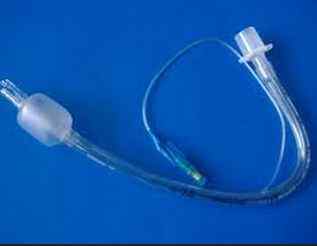
When a problem with oxygenation occurs around the time of a baby’s
birth, complications may arise that last a lifetime. Physical trauma from
overuse of
Pitocin, a powerful drug used to stimulate contraction activity, naturally excessive
contraction activity that reduces fetal oxygenation, or other issues with
utero-placental insufficiency that cause hypoxia or stress in utero can
create a need for fetal resuscitation after birth. Two common examples
of situations that create the need for resuscitation are discussed below.
The first example of a situation in which resuscitation is necessary comes
about when a baby experiences stress during the labor and delivery period,
and passes what is known as “meconium.” Meconium is a baby’s
first bowl movement, and if it happens before a baby is born, it can become
lodged in a baby’s airway and prevent him or her from being able to
breathe. In this circumstance, it is important for the doctor to anticipate
the stresses that are present at birth, and make sure that there is a
pediatrician available to begin measures to establish an airway, including
suctioning, and to get oxygen to the baby as quickly as possible.
Following the NRP, or the “Neonatal Resuscitation Protocol” correctly in this circumstance is key to avoiding an injury in an
infant, or making a bad situation worse. Meconium aspiration syndrome,
a disorder that can arise if the suctioning of an infant’s airway
is improperly done, can have lifelong effects, including an increased
risk of death from pneumonia. Furthermore, the longer an infant’s
airway is not available to bring oxygen to its brain, the more likely
a permanent injury such as
cerebral palsy will occur.
The second example of a situation in which resuscitation is needed is when
a baby experiences variable or late decelerations or other non-reassuring
heart rate patterns, which are clues that a baby is
not getting enough oxygen in utero. If this occurs, a baby can be born with poor tone and no spontaneous
respiratory effort. Without the urge to breathe, a baby must be resuscitated
with measures including positive pressure ventilation with oxygen that
will help establish good oxygen levels for the baby.
If your baby had to be resuscitated at birth and you are concerned that
he or she may be experiencing problems due to a birth injury, it is important
to contact an experienced
birth injury attorney in Chicago. Beam Legal Team has over 25 years of experience in assisting families
with these types of cases.
